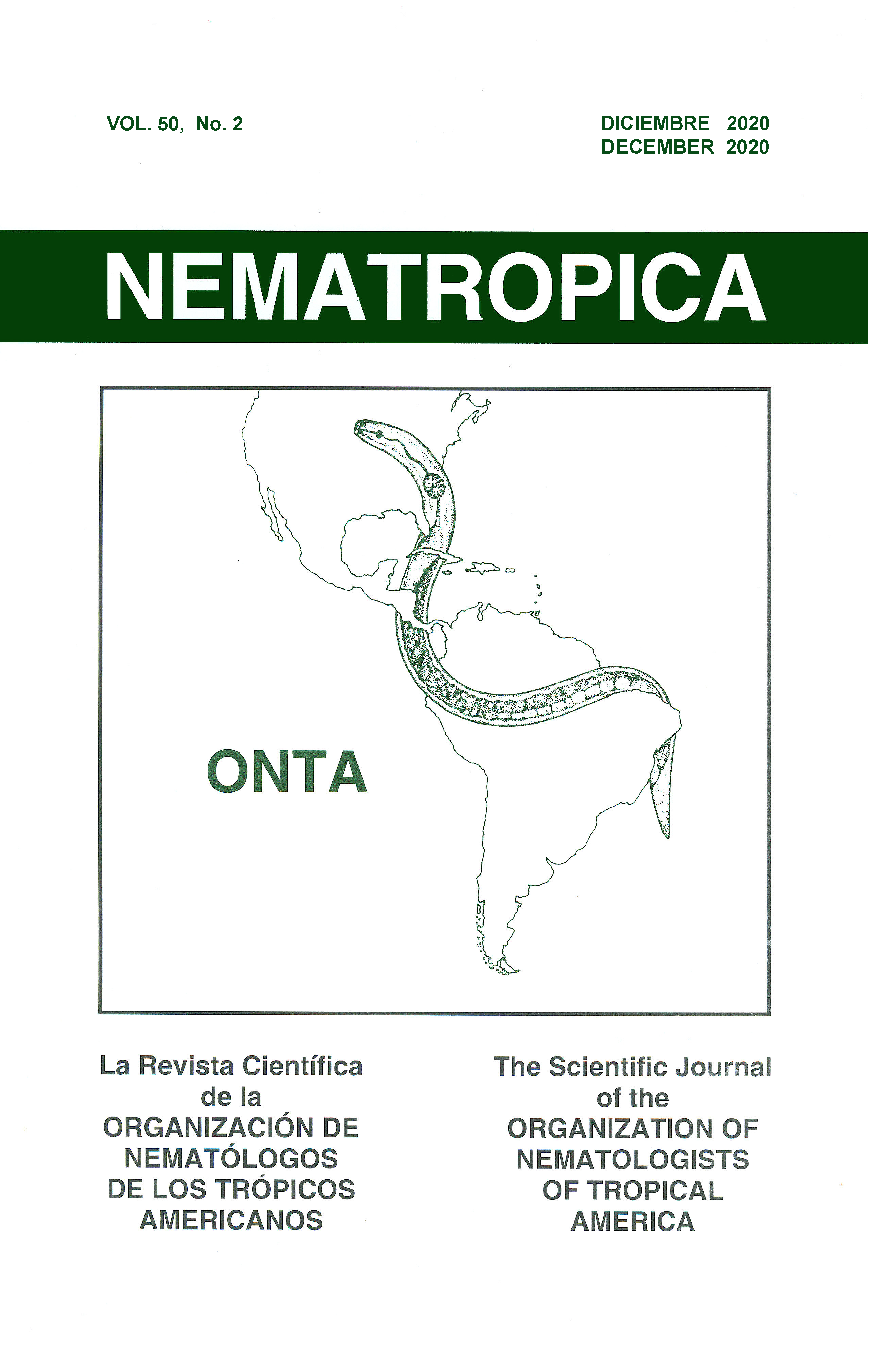TWO NEW SPECIES OF MACROLAIMUS (NEMATODA: CHAMBERSIELLIDAE) WITH COMMENTS ON DIAGNOSTIC CHARACTERS FOR DISTINGUISHING SPECIES
Abstract
Two new species of Macrolaimus are described; nematodes were examined with light and scanning electron microscopy (SEM). Macrolaimus montrealensis sp.n., collected from lichen growing on the bark of a maple tree in the Montreal Botanical Garden in Montreal, Canada, is described. The new species is characterized by the similarity in lengths of the cheilostom and gymnostom, 4.0 - 7.0 (5.5 ± 0.9) µm and 3.0 - 6.0 (4.6 ± 1.0) µm, respectively; the lateral field with three incisures, the external incisures evident throughout the body length and the middle incisure most visible in the region of the vulva and at the posterior end of the body; the vulval lips protruding, the anterior lip more than the posterior; the short postuterine sac, 5.0 – 12.0 (8.1 ± 2.3) µm; the female tail, which is elongate conoid, curved ventrally, ending in an acute tip with a dorsally-curved mucro; the anal lips slightly protruding, mainly the posterior lip; phasmids near the posterior end of the tail; the male with paired, symmetrical spicules, curved ventrad; a manubrium with rounded proximal end, short calamus and curved lamina; the arc-shaped gubernaculum; two pairs of subventral precloacal and five pairs of postcloacal genital papillae. The second new species, Macrolaimus inecolensis sp.n., is characterized by the cheilostom 1.4 - 2.5 (1.9) times the length to the gymnostom, length of the female tail 47.0 - 52.0 (50.3) µm, a postuterine sac 12.0 - 20.0 (17.2 ± 3.6) µm long; and in the male genital papillae, three pairs precloacal and five postcloacal. Collected from filamentous epiphyte on a tree branch at the Institute of Ecology in Jalapa, Veracruz, México. A revised identification key for the genus is provided.

